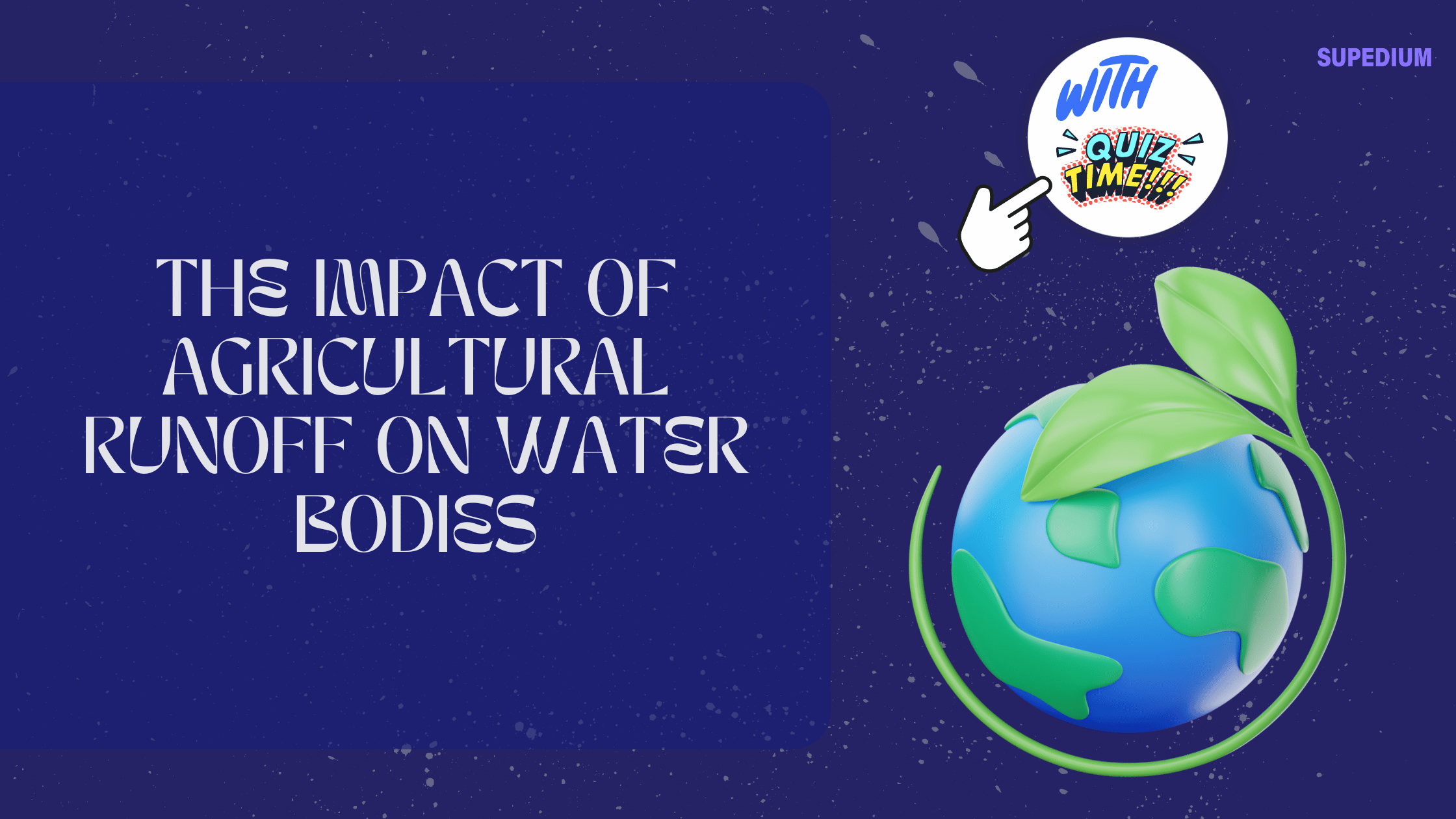Table of Contents
![]()
I. Introduction
Environmental movements have played a crucial role in shaping our understanding of the natural world and the need for its protection. These movements, which advocate for environmental preservation, sustainability, and social justice, have evolved over time in response to increasing environmental degradation and the impact of industrialization. This article explores the history and impact of major environmental movements, highlighting key events, themes, and their lasting effects on society and policy.
II. Historical Context
A. Early Conservation Efforts
The roots of environmental movements can be traced back to the late 19th century, coinciding with the rise of the conservation movement in the United States. Pioneering figures like John Muir and Theodore Roosevelt advocated for the protection of wilderness areas, leading to the establishment of national parks and the preservation of natural landscapes. These early efforts laid the groundwork for future environmental activism.
B. The Industrial Revolution and Its Environmental Impact
The Industrial Revolution dramatically altered the landscape of society and the environment. Rapid urbanization and industrialization resulted in severe pollution, habitat destruction, and the overexploitation of natural resources. As people began to recognize the adverse effects of these changes, a growing awareness of environmental issues emerged, setting the stage for more organized movements.
III. Major Environmental Movements
A. The Modern Environmental Movement (1960s–Present)
The modern environmental movement gained momentum in the 1960s, sparked by growing concerns about pollution and environmental degradation. Rachel Carson’s groundbreaking book, Silent Spring (1962), raised awareness about the dangers of pesticides and their impact on wildlife, catalyzing public concern.
The first Earth Day, celebrated on April 22, 1970, marked a significant milestone in environmental activism, mobilizing millions of people across the United States. This event led to the formation of numerous environmental organizations, including Greenpeace and the Sierra Club, which have played vital roles in advocating for environmental protection.
B. The Environmental Justice Movement
Emerging in the 1980s, the environmental justice movement highlights the intersection of environmental issues with social justice. This movement addresses the disproportionate impact of environmental hazards on marginalized communities. Key events, such as the protests in Warren County, North Carolina, against the dumping of toxic waste, exemplified the struggle for environmental equity. Influential leaders like Ben Chavis and Robert Bullard have been instrumental in advocating for the rights of affected communities.
C. Global Environmental Movements
As environmental issues became increasingly global, international organizations like the World Wildlife Fund (WWF) and the United Nations began to play significant roles in addressing these challenges. Key events such as the Rio Earth Summit in 1992 and the Paris Agreement in 2015 showcased the need for global cooperation in combating climate change and promoting sustainable development.
D. Indigenous Environmental Movements
Indigenous peoples have long practiced sustainable resource management and possess valuable traditional ecological knowledge. Indigenous environmental movements emphasize the importance of these practices in preserving ecosystems and advocating for land rights. Notable actions, such as the resistance at Standing Rock against the Dakota Access Pipeline, highlight the ongoing struggle for environmental justice and recognition of Indigenous rights.
IV. Key Themes and Strategies
A. Grassroots Activism
Grassroots activism has been a cornerstone of environmental movements. Community organizing and local initiatives have mobilized citizens to address environmental issues directly. Case studies like Love Canal, where residents fought against toxic waste dumping, and the Flint water crisis, which highlighted systemic failures in public health, illustrate the power of grassroots movements in effecting change.
B. Legislation and Policy Change
Environmental movements have successfully influenced legislation and policy changes. Major laws, such as the Clean Air Act and the Clean Water Act, were enacted in response to growing public concern and advocacy. Lobbying and advocacy efforts continue to play a critical role in shaping environmental policy and ensuring the enforcement of these regulations.
C. Education and Awareness
Education and awareness are vital components of environmental movements. The role of media, literature, and environmental education in schools has been instrumental in informing the public about environmental issues. Increased awareness has led to shifts in public perception and greater support for environmental initiatives.
V. Impact of Environmental Movements
A. Legislative and Policy Changes
Environmental movements have resulted in significant legislative and policy changes that protect natural resources and public health. Successful initiatives demonstrate the power of advocacy in achieving meaningful reforms, though ongoing challenges in policy enforcement remain.
B. Cultural Shifts
The cultural impact of environmental movements has been profound. Public perception of environmental issues has shifted, with increased awareness leading to changes in consumer behavior and lifestyle choices. Movements have fostered a growing interest in sustainable practices and eco-friendly products.
C. Economic Impact
The emergence of a green economy has created new job opportunities in renewable energy and sustainable industries. The economic impact of environmental movements underscores the connection between ecological sustainability and economic growth, proving that environmental protection can coexist with economic development.
D. Global Implications
The influence of environmental movements extends beyond national borders, inspiring global cooperation on environmental issues. The spread of these movements worldwide emphasizes the interconnectedness of environmental challenges and the need for collective action.
VI. Challenges and Critiques
A. Internal Divisions Within the Movement
Despite their successes, environmental movements face internal divisions and differing priorities. Conflicts can arise between conservation goals and social justice efforts, highlighting the complexities of addressing multifaceted environmental issues. The role of privilege and representation within the movement is an ongoing discussion that needs attention.
B. Resistance from Industries and Governments
Environmental movements often encounter resistance from industries and governments. Counter-movements and greenwashing tactics seek to undermine genuine efforts for environmental protection. Political challenges and setbacks can hinder progress, emphasizing the need for continued vigilance and activism.
C. The Urgency of Climate Change
The escalating crisis of climate change necessitates immediate action, yet progress can be slow. Mobilizing youth and future generations is crucial to addressing this urgent challenge, as they will inherit the consequences of today’s decisions.
VII. Conclusion
The history and impact of major environmental movements reveal a complex tapestry of activism, advocacy, and change. These movements have not only reshaped public policy but have also influenced cultural attitudes and economic practices. As we face unprecedented environmental challenges, the importance of continued activism and engagement cannot be overstated. The future of environmental movements lies in innovation, collaboration, and a collective commitment to protecting our planet for generations to come.
Share This





Be the first to comment